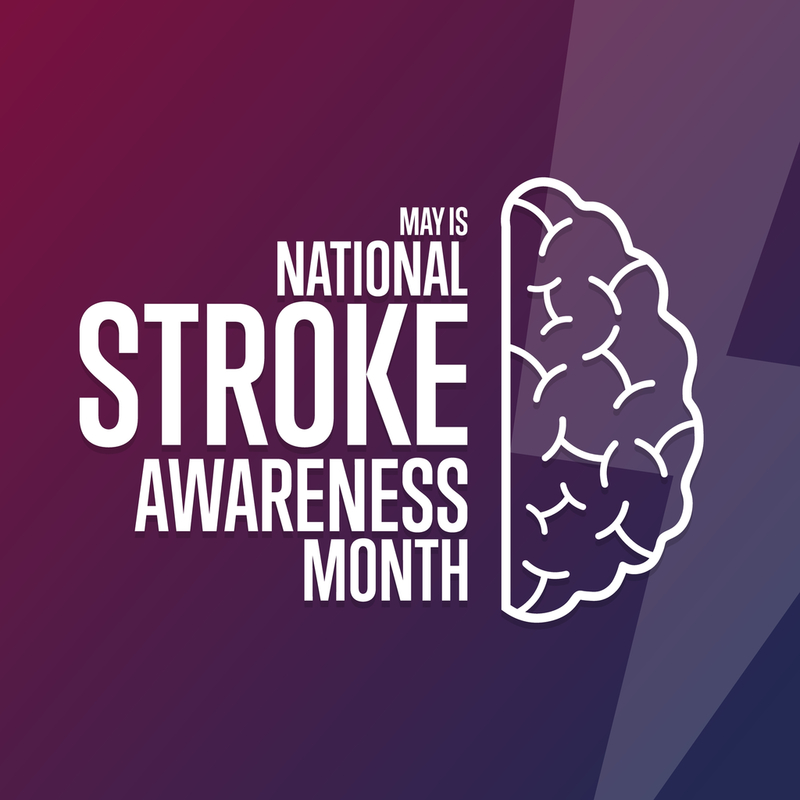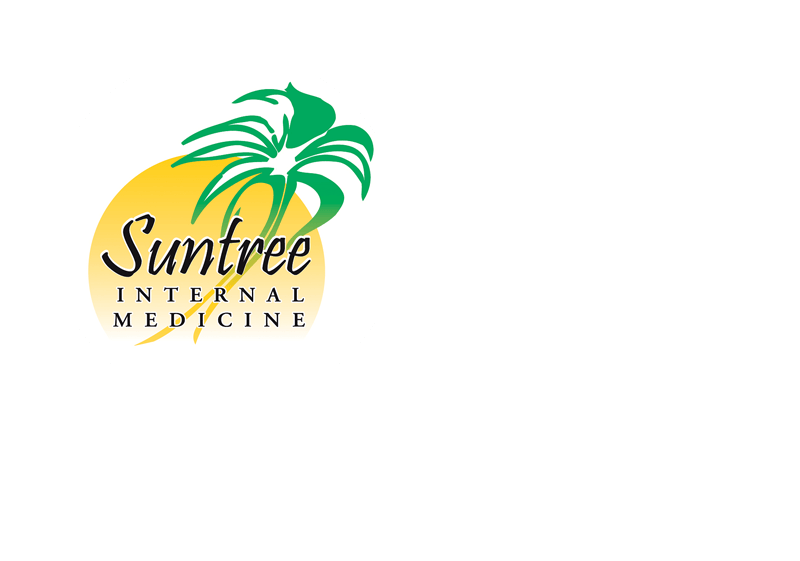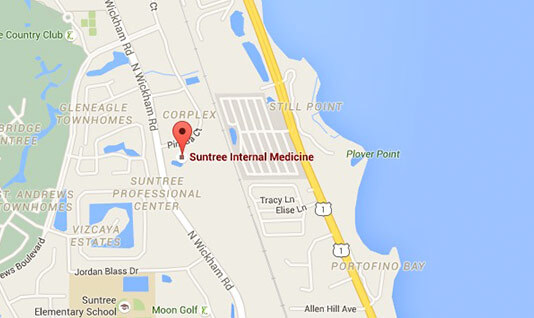The Facts About Stroke
Posted on: May 11, 2021

There are more than 795,000 people in the United States that have a stroke each year. If a blood vessel in the brain ruptures and bleeds, or the blood supply to the brain is blocked, a person will experience a stroke. When this happens, the blood and oxygen cannot reach the brain’s tissues causing the brain cells and tissues to die within minutes.
Risk Factors
Did you know a stroke is the fifth leading cause of death in the United States? To spread awareness and reduce the number of people who endure a stroke or die from it, we must know what the risk factors are. There are several risk factors that cannot be controlled, but a good amount is controllable.
Risk factors you cannot control are family history, gender, age, race, and ethnicity. Both genders can have strokes, but women are more prone than men. People that are older are more at risk than younger people. You are more than likely to have a stroke, the older you are. African Americans, Alaska Natives, and American Indians are more likely to have a stroke than Caucasians, Asians, and Hispanics.
There are controllable risk factors. Your diet if it is high in salt, saturated fats, trans fats, and cholesterol can put you at risk. Being inactive and the use of alcohol and tobacco will also increase your risk. You can reduce your risks by eating a healthier diet, incorporating regular exercise throughout the week, drink alcohol in moderation, and stop using any tobacco products.
Signs & Symptoms
You should seek medical attention if you have any signs or symptoms of a stroke, which consists of:
- Trouble speaking or difficulty understanding what is being said to them.
- Numb or weak in the face, arm, or leg where usually only one side of the body is affected.
- Vision problems in one or both eyes.
- Difficulty walking.
- Sudden, severe headache.
You must act FAST if you believe someone is having a stroke. To do this, perform this test:
F is for face. Ask the person to smile, so you can see if the face droops on one side.
A is for arms. Ask the person to raise both arms and see if one arm drifts downward or if they are unable to raise one arm.
S is for speech. Ask the person to repeat a simple phrase and see if the speech is slurred or sounds strange.
T is for time. Call 911 right away if any of these signs are noticed and make sure to watch over the person until help arrives.
Stroke Types and Causes
There are three main types of stroke and the cause of it depends on the type. The three types are transient ischemic attack (TIA), ischemic stroke, and hemorrhagic stroke.
A TIA is when there is a temporary blockage, such as a blood clot in an artery that leads to the brain. This stroke happens for a short amount of time and once it is over, the blood flow will go back to normal.
An ischemic stroke is also caused by a blockage in an artery leading to the brain, but it could be caused by a blood clot or atherosclerosis. Plaque grows on the walls of a blood vessel and a piece of the plaque breaks off and goes into an artery, which blocks the blood flow.
A hemorrhagic stroke is caused either by an aneurysm or arteriovenous malformation. An aneurysm is brought on by high blood pressure and a burst blood vessel is possible. An arteriovenous malformation is a condition where there is an abnormal connection between the veins and arteries that can lead to the bleeding of the brain.
A stroke can be a serious matter. That is why we urge everyone to be proactive with their health and have regular checkups with their doctor. We hope that you are more informed and although we hope no one will have a stroke, we feel that it is necessary to make as many people as possible aware.




